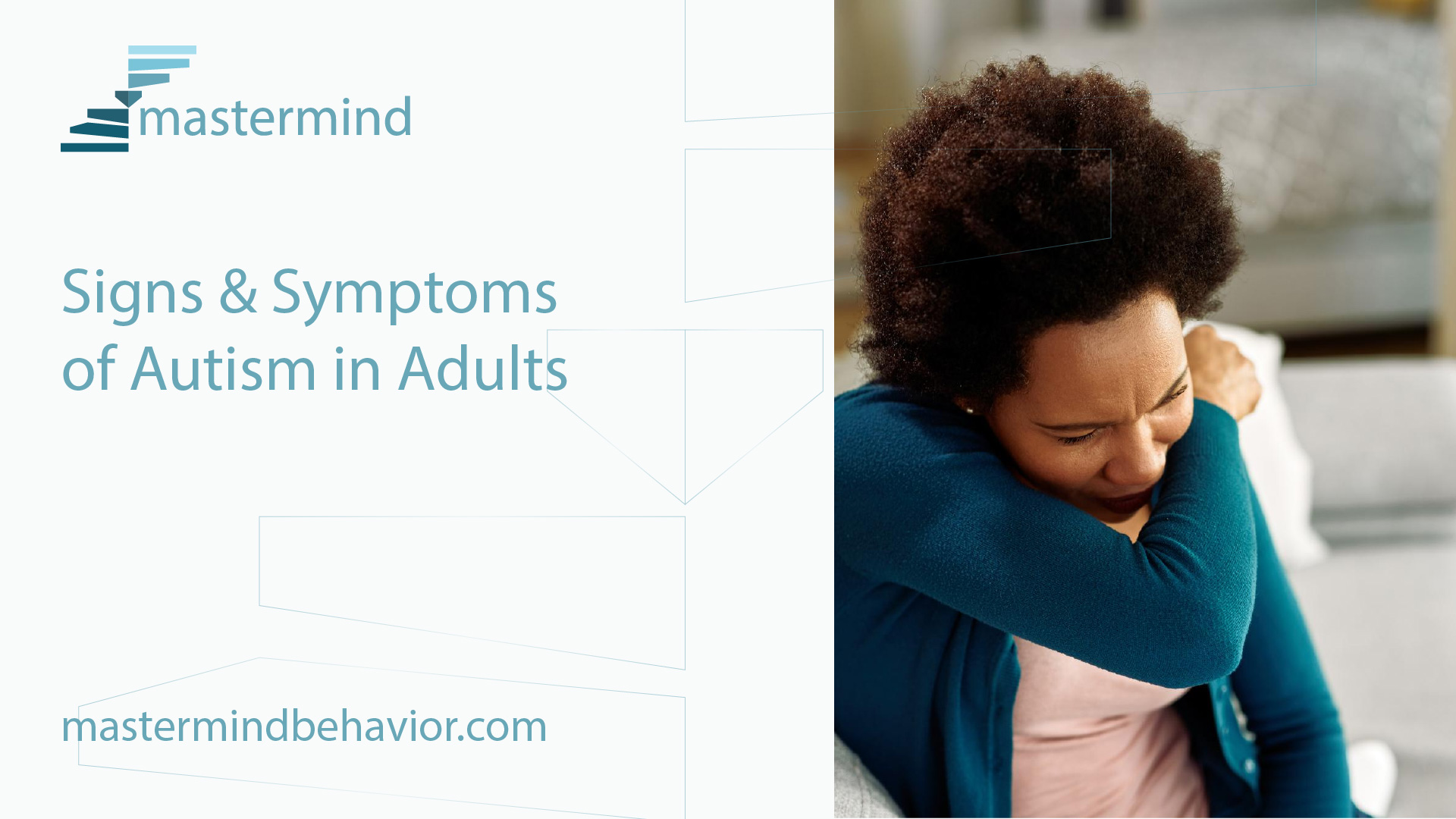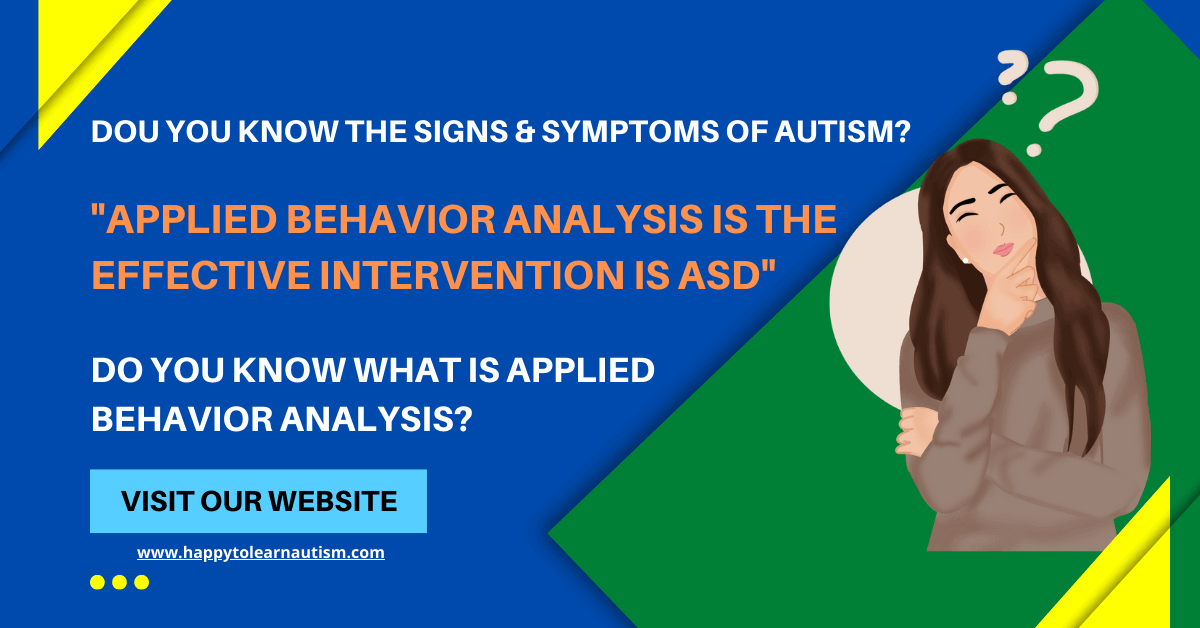Recognizing the Effect of Behavioral Autism on Life and Social Interactions
You may not understand how deeply behavioral autism impacts life and social communications. People on the range frequently browse a world filled with communication difficulties and sensory overload. These challenges can result in stress and seclusion, impacting their relationships and overall well-being. Understanding these nuances is vital for cultivating encouraging settings. What approaches can we apply to develop even more significant links and inclusive rooms? The solutions may amaze you.
Specifying Behavioral Autism and Its Attributes
Behavioral autism, usually referred to as autism range disorder (ASD), incorporates a variety of problems defined by challenges in social interaction, communication, and repetitive actions. You could discover that individuals with ASD often struggle to analyze social cues, which can bring about misunderstandings in discussions. They might find it difficult to establish eye call or take part in little talk, making social situations really feel overwhelming.
Communication troubles can materialize in different methods, from delayed speech growth to a choice for utilizing less words. By identifying these attributes, you can foster an environment that promotes approval and motivates efficient interaction, aiding individuals with autism grow in their everyday interactions.
The Spectrum of Autism: Comprehending Variability in Behavior
Autism range problem (ASD) isn't a one-size-fits-all medical diagnosis; it differs widely among people. You could see that some people with ASD show light symptoms, while others might encounter more substantial obstacles. This variability can manifest in actions, passions, and sensory sensitivities. You may run into people who are extremely spoken and engage conveniently in conversations, while others might prefer singular tasks or communicate non-verbally.
Additionally, the way individuals with ASD reply to sensory input can vary significantly; some may be overwhelmed by bright lights or loud sounds, whereas others thrive in boosting atmospheres. The spectrum additionally includes differences in social interactions; some people may struggle to analyze social cues, while others browse social setups with relative ease. Recognizing this variability is crucial, as it helps you value each person's distinct experience and tailor assistance to their certain needs, fostering a much more inclusive setting for every person.
Interaction Difficulties Faced by People With Autism
When you interact with individuals on the autism spectrum, you may notice their one-of-a-kind interaction difficulties. They frequently deal with problems with both spoken and nonverbal cues, which can affect their social communications. Recognizing these barriers is important for cultivating far better connections and support.

Verbal Communication Problems
Several people on the autism range experience spoken communication difficulties that can considerably impact their everyday interactions. You might discover it testing to share your thoughts, sensations, or requires clearly. This can result in disappointment for both you and those around you, as misunderstandings occur. You may fight with starting discussions, keeping a subject, or understanding subtleties in speech. Commonly, you may prefer making use of simple language or repeated expressions, which can limit your capacity to take part in deeper conversations. Your speed, tone, or volume may not straighten with social expectations, triggering others to misinterpret your purposes. Recognizing these difficulties can aid you and your assistance network develop approaches to improve communication and cultivate far better connections with others in your daily life.
Nonverbal Communication Obstacles
Spoken interaction isn't the only obstacle individuals on the autism spectrum face; nonverbal interaction obstacles can be just as considerable. You could discover it challenging to interpret body movement, face expressions, and eye call, which are important for efficient communication. These obstacles can bring about misconceptions or misinterpretations of social hints, making communications really feel confusing or overwhelming. You may have a hard time to reveal your own feelings through nonverbal ways, leaving others unsure of your feelings or objectives. This detach can produce feelings of seclusion and irritation. Acknowledging these obstacles is critical for cultivating understanding and compassion in your communications. By attending to nonverbal communication, you can find methods to improve your social experiences and boost your general lifestyle.
Social Interaction Impacts
Social communications can usually feel frustrating due to the unique interaction difficulties faced by individuals with autism. Acknowledging these difficulties can help you locate methods to enhance communication, such as practicing social skills in secure setups or utilizing aesthetic aids. Recognizing your demands enables you to navigate social communications with better confidence and ease.
Social Communication and Connection Building in Autism
While building relationships can be testing for people with autism, understanding their one-of-a-kind perspectives and interaction styles can cultivate purposeful links. You could observe that many individuals on the range choose straight interaction and might deal with social cues or small talk. By being straightforward in your communications, you can aid create an environment where they really feel comfy.
Put in the time to pay attention and observe exactly how they share themselves. This insight can direct you in guiding conversations much more effectively. Engaging in shared rate of interests can also offer as a bridge to deeper connections. Whether it's a pastime, a preferred show, or a mutual passion, these common threads can open up doors to relationship.
Day-to-day Live Routine: Browsing Techniques and difficulties
Maneuvering day-to-day life regimens can be especially testing for individuals with autism, particularly when unforeseen changes happen. You may discover convenience in having a structured schedule, as it aids you expect what's next. It's regular to really feel nervous or click for info overwhelmed when disruptions occur. To navigate these difficulties, take into consideration implementing aesthetic routines or lists. These devices can supply clearness and peace of mind.
Establishing a regimen that includes sensory breaks can likewise be advantageous. This assists create an understanding atmosphere.
Lastly, technique mindfulness strategies to handle tension and stress and anxiety. Basic breathing exercises or basing techniques can make a considerable distinction. By including these techniques, you can boost your everyday regimen and reduce disruptions, making life feel much more workable.
Staminas and Capacities of Individuals on the Autism Range
Recognizing daily life routines is just one facet of the autism experience. Lots of individuals on the autism range possess exceptional toughness and capabilities that set them apart.
Furthermore, your memory skills typically radiate, especially in areas of passion. Autism Behavioral Therapy. This flair for keeping info can make you an important resource in fields like innovation, art, or scientific research. You might additionally show strong visual reasoning, enabling you to envision intricate ideas and resolve issues artistically
Additionally, your one-of-a-kind point of view on the globe can foster compassion and understanding in others, improving social interactions. Accepting these staminas not just improves your confidence yet likewise aids others value the varied talents you offer the table.
Creating Inclusive Environments for People With Autism
Developing comprehensive settings for people with autism begins with developing sensory-friendly areas that satisfy their special needs. You can also promote opportunities for social interaction, helping to develop connections and friendships. By making these modifications, you'll add to a more welcoming atmosphere for every person.
Designing Sensory-Friendly Spaces
While creating sensory-friendly rooms, it's important to mirror on the special needs of people with autism. Begin by choosing relaxing colors and soft lighting to develop a calming environment. When bewildered, incorporate quiet areas where individuals can reenergize and retreat. You'll wish to lessen loud noises and interruptions, making use of soundproof materials or white sound equipments to help preserve serenity. Think about tactile aspects like soft textiles or fidget-friendly objects that can supply comfort. Determine that rooms are flexible, permitting simple reformation to accommodate various activities. Ultimately, include visual schedules or clear signage to aid individuals browse the room with confidence. By attentively incorporating these elements, you can produce an inviting environment that supports sensory needs and advertises total well-being.
Advertising Social Interaction Opportunities
Designing sensory-friendly areas not just addresses specific convenience however also establishes the stage for significant social communications among individuals with autism. To advertise these interactions, create comprehensive settings that invite involvement. Organize structured activities, like art classes or group video games, that urge partnership without overwhelming sensory input. Usage visual help and clear communication to assist everybody engage comfortably. Motivate peer mentoring, coupling individuals with autism with encouraging peers that can lead them through social scenarios. Additionally, take into consideration holding normal neighborhood events that celebrate neurodiversity, promoting acceptance and understanding among all individuals. By executing these strategies, you can boost social possibilities, helping people with autism build relationships and reinforce their social abilities in a secure, welcoming atmosphere.

Regularly Asked Inquiries
Just How Can Pals Support A Person With Behavioral Autism?
You can support a good friend with behavioral autism by being patient, paying attention proactively, and respecting their limits. Participate in tasks they take pleasure in, communicate openly, and create a comfortable atmosphere where they really feel valued and comprehended.
What Resources Are Available for Moms And Dads of Kid With Autism?
You can explore various sources for moms and dads of kids with autism, consisting of support system, academic internet sites, and neighborhood area solutions. Getting in touch with other moms and dads can likewise supply valuable understandings and shared experiences to aid browse challenges.
Can Behavioral Autism Change Gradually?

Yes, behavioral autism can change with time. You may notice shifts in interaction, social abilities, and habits as your youngster grows. Early treatment and assistance usually play crucial roles in these go to website developmental modifications.
Just How Do Sensory Sensitivities Impact Life?
Sensory level of sensitivities can make everyday experiences overwhelming. You could have problem with loud sounds or bright lights, causing anxiety or evasion. Locating atmospheres that suit your requirements can greatly boost your comfort and total day-to-day live.
What Prevail Misconceptions Regarding Behavioral Autism?
You may assume behavior autism only influences communication abilities, but it's more complex. Lots of think people lack compassion or knowledge, which isn't true. Recognizing these mistaken beliefs helps foster approval and support for those on the range.
Behavioral autism, often referred to as autism range disorder (ASD), encompasses a variety of problems identified by difficulties in Website social communication, interaction, and repeated habits.Social communications can typically feel frustrating due to the special communication challenges encountered by individuals with autism.Designing sensory-friendly rooms not just addresses private comfort but also establishes the phase for meaningful social communications amongst people with autism. Motivate peer mentoring, combining individuals with autism with helpful peers that can assist them with social circumstances. By applying these methods, you can improve social chances, assisting people with autism develop relationships and strengthen their social skills in a risk-free, welcoming setting.